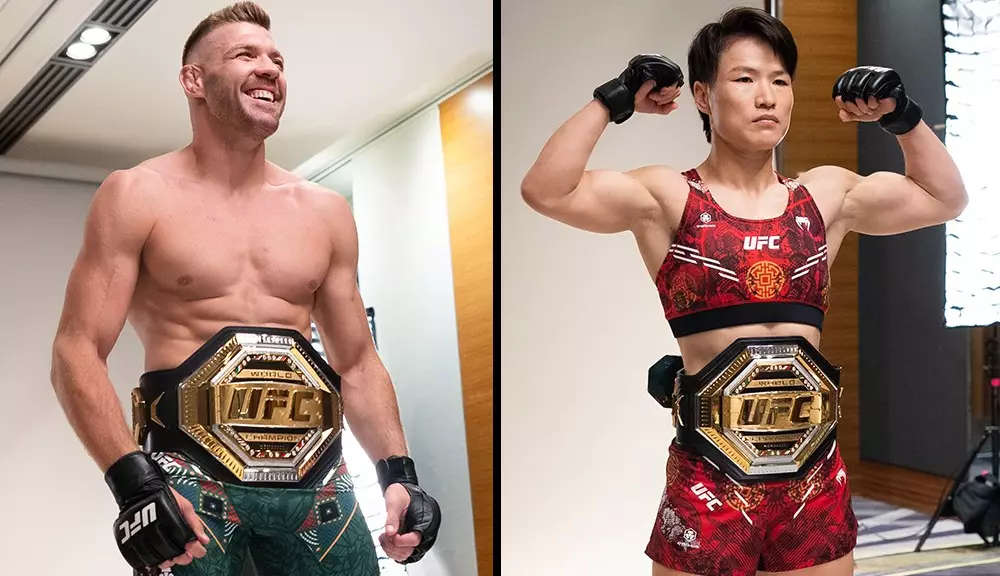The recent UFC 312 event held in Sydney marked not only thrilling bouts but also a significant milestone in fighter compensation. With the implementation of the UFC Promotional Guidelines Compliance program, the organization has introduced a structured pay model that highlights its commitment to its athletes. This new system replaces the previous payouts under the Athlete Outfitting Policy, and the event resulted in a total payout of $254,500 for fighters, underscoring the financial support structured to promote professionalism and compliance among UFC athletes.
The UFC Promotional Guidelines Compliance pay system is designed to reward athletes according to their fight experience, showcasing the UFC’s efforts to create a more equitable pay structure. Fighters are classified based on their number of bouts, with payouts ranging from $4,000 for those with 1-3 fights to an impressive $42,000 for champions. This tiered structure emphasizes a recognition of experience, motivating fighters to participate in more events while providing an incentive for newcomers to strive for success.
At UFC 312, several fighters exemplified this payout model. For instance, champions like Zhang Weili and Dricus Du Plessis received $42,000, while title challengers like Sean Strickland earned $32,000. Additionally, fighters with fewer walks in the octagon, such as Justin Tafa and Rodolfo Bellato, received the minimum payout of $4,000, revealing the diverse financial landscape for UFC competitors at various stages of their careers.
The introduction of the UFC Promotional Guidelines Compliance program has multiple implications for fighters beyond financial compensation. This structured approach not only standardizes payments but also reinforces a sense of professionalism, encouraging athletes to engage in media obligations and adhere to the fighter code of conduct. By establishing clear expectations for promotional actions, the UFC aims to enhance the overall brand image, ultimately benefiting all stakeholders involved.
Moreover, the promise of royalty payments for merchandise sales featuring an athlete’s likeness presents an exciting opportunity for fighters to earn ongoing income. The allocation of 20-30 percent of merchandise revenue represents a significant shift toward not just immediate financial rewards but also long-term earnings potential, effectively aligning the interests of fighters with the UFC’s brand growth.
As the UFC continues to evolve, the adherence to the Promotional Guidelines Compliance program reflects a strategic pivot in the organization’s operational ethos. The increased transparency in fighter payments—alongside a focus on athlete branding—creates a more supportive environment that could herald a new era of prosperity for fighters. By reinforcing a balanced pay structure while advancing the fighters’ personal brands, UFC 312 has set a precedent for future events.
UFC 312’s compliance payouts are not merely a financial statistic. They represent a paradigm shift, prioritizing fairness and professionalism while also allowing fighters to leverage their notoriety and experience for greater financial gain. This new structure opens the door for sustained growth within the UFC and may inspire confidence and loyalty among its athletes moving forward.

